Espacio del Hansik E:eum (한식문화공간 이음)
1.2Km 2025-05-28
Bukchon-ro 18, Jongno-gu, Seúl
K-Food Festival Knock Knock (K-푸드 페스티벌 넉넉)
1.2Km 2025-06-20
Sejong-daero Jiha 189, Jongno-gu, Seúl
02-2088-4960
Parque Sejongno (세종로공원)
1.2Km 2024-09-10
Sejong-daero 189 (subsuelo), Jongno-gu, Seúl
El Parque Sejongno está localizado cerca del Centro Cultural Sejong de Seúl. Dentro del parque hay bancos de madera y zonas con sombra para que la gente pueda sentarse y relajarse. También hay fuentes de agua, un escenario exterior y varias esculturas. Entre semana, el parque se llena de oficinistas que lo visitan a la hora de la comida, y durante los fines de semana incluso se realizan bodas al aire libre.
Aldea Tradicional de Bukchon (북촌한옥마을)
1.2Km 2025-04-02
Gyedong-gil 37, Jongno-gu, Seúl
Bukchon era la aldea de la clase noble en la antigüedad. Todas las casas tradicionales de la clase alta siguen preservándose hasta el momento, conservando sus estilos arquitectónicos. Solo había unas treinta casas en la antigüedad, pero la zona se desarrolló tras la Guerra de Corea. La Aldea Tradicional de Bukchon es una zona de viviendas tradicionales, que ha compartido los 600 años de historia con los palacios que se encuentran en sus cercanías, como Gyeongbokgung y Changdeokgung, y el Santuario de la Realeza Jongmyo. Las calles del barrio son estrechas y curvadas como ramas de árboles, lo cual demuestra el paisaje urbano, típico del lugar. Hoy en día, estos lugares transmiten indirectamente un ambiente de la época de Joseon, mediante restaurantes de comida coreana, centros culturales, etc. El nombre de la aldea, Bukchon, en el que buk significa "norte" y chon significa "aldea"), fue acuñado por estar ubicado al norte del arroyo Cheonggyecheon y de Jongno. Está formada por las calles Wonseo-dong, Jae-dong, Gye-dong, Gahoe-dong e Insa-dong, y en tiempos antiguos residían allí los altos funcionarios o los miembros de la realeza.
Horario de acceso a la Red Zone (alrededores de la calle Bukchon-ro 11-gil, unos 34.000 ㎡):
- Horario de acceso prohibido: Desde las 17:00 hasta las 10:00 del día siguiente.
- En caso de infracción por acceso en horario prohibido, se impondrá una multa de 100.000 wones.
- Vigencia: A partir del 01/03/2025.
Semana de los Hanok Públicos de Seúl (공공한옥주간)
1.2Km 2025-05-15
Gyedong-gil 37, Jongno-gu, Seúl
02-741-1033
Apertura Nocturna de los Hanok Públicos (공공한옥 밤마실)
1.2Km 2025-05-15
Gyedong-gil 37, Jongno-gu, Seúl
02-741-1033
The Place Seoul (traditional Korean-style guesthouse) (복합한옥공간 곳)
1.2Km 2025-06-02
52-11, Gyedong-gil, Jongno-gu, Seoul
The Place Seoul in Gye-dong, Jongno-gu, Seoul, is a meeting place of traditional and modern Korea. It has a yard with a beautiful 80 year-old dogwood tree, and a small garden in which guests can enjoy the passage of the seasons. The Place Seoul is an environment-friendly place which uses eco-friendly consumables such as toilet paper and shampoo. Breakfast is simple and healthy. There are many good cafes in nearby Bukchon, and local tourist attractions include the National Palace Museum of Korea and the National Museum of Modern and Contemporary Art.
Barrio de Insa-dong (인사동)
1.2Km 2025-05-30
Insadong-gil 62, Jongno-gu, Seúl
El barrio de Insa-dong, situado en el corazón de la ciudad, es un lugar importante donde se intercambian artículos antiguos, pero valiosos. En la zona de Insa-dong hay una calle principal con un laberinto de callejuelas que se despliegan a cada lado. En aquellas callejuelas hay galerías, restaurantes tradicionales, casas de té tradicional y cafés. Las tiendas en Insa-dong son muy populares entre los grupos de todas las edades gracias al ambiente singular y único que ofrece cada una de ellas.
Las galerías de arte son el mismísimo latir del corazón de Insa-dong. En él hay un centenar de galerías donde se pueden contemplar todo tipo de ejemplares de las bellas artes de Corea, desde pinturas hasta esculturas. Entre las galerías de arte más famosas se encuentran la Galería Hakgojae, que funciona como el centro de arte folclórico; la Galería Gana, que promueve a muchos artistas de talentos prometedores, y el Centro de Arte Gana.
Las casas de té y los restaurantes complementan perfectamente las galerías de bellas artes. Al principio podrá resultar difícil hallarlos, pero si se toma el tiempo suficiente para recorrer las pequeñas calles serpenteantes, la “búsqueda” en sí puede llegar a ser divertida. En caso de que deseara elegir una sola casa de té de las cientas que hay aquí, Gwicheon podría llegar a ser el lugar ideal para conocer. La esposa del poeta Cheon Sang-byeong es su propietaria. El lugar no es muy grande, pero allí podrá ver fotos y libros de poetas famosos. El té de membrillo es el mejor de esta casa y es famoso por su fragancia.
Todos los domingos está prohibido el acceso de los coches a las calles del área de 10:00 a 22:00 por ordenanza municipal, de modo que el lugar se convierte en un espacio cultural. Precisamente este es el momento en el que los comercios se vuelcan fuera a exponer sus artículos. No solo las tiendas que están aquí sino también gente de todas partes viene aquí e instala puestos de comercio ambulante. De todos estos se pueden mencionar, como ejemplo, los vendedores de dulces coreanos y los adivinos ancianos.
También se desarrollan interpretaciones de obras tradicionales y exhibiciones. Insa-dong es especialmente popular entre los turistas extranjeros, pues aquí pueden ver y vivir directamente la experiencia de la cultura tradicional coreana, y también porque pueden adquirir piezas de bellas artes. En la calle podrá probar melcochas coreanas y el tradicional pajeon (tortilla coreana), y ver a numerosos extranjeros sumidos en las alegres festividades.
Monte Bugaksan (북악산)
1.2Km 2025-08-21
Cheongun-dong, Jongno-gu, Seúl
Seúl está rodeada de montañas, principalmente Bugaksan, Namsan, Naksan e Inwangsan. Bugaksan, la montaña situada al norte de Seúl, es la mayor de estas, y es un vástago del monte Bukhansan. También es conocida como Baekaksan.
La Fortaleza de Seúl recorre la sierra y la puerta Changuimun (también llamada Jahamun), una de las cuatro pequeñas puertas que rodeaban el castillo durante la época Joseon, se encuentra al oeste de la montaña, cerca de Inwangsan. La ruta Bugak Skyway, que une Changuimun y Arirang Hill en Jeongneung, tiene unas magníficas vistas del centro de Seúl, y pasa por diversas atracciones como Changuimun y el Pabellón Bukak. Otra atracción es el Parque Samcheong, al sur del monte Bugaksan.
Los montes Inwangsan (al oeste de Bugaksan) y Naksan (al este) tenían ubicaciones perfectas según la geomancia coreana pungsu (feng-shui). El monte Inwangsan estaba plagado de tigres durante los comienzos de la dinastía Joseon. De acuerdo con la leyenda, el rey suplicó a la deidad de la montaña que enviara los tigres al otro lado del río Yalu. Aunque los tigres se marcharon, se le permitió quedarse a una tigresa con cachorros, cuyas crías se multiplicaron convirtiendo Inwangsan en un lugar temible lleno de tigres.
Inwang Skyway conecta la parte este de Insangwan con Bugaksan. La ladera este de Inwangsan se ha convertido en una elegante zona residencial, mientras que Guksadang (que significa literalmente "Santuario Nacional") fue desplazado de Namsan a un área al oeste de la montaña en la década de 1920. Aún hoy, se celebran exorcismos chamanes en el santuario, así como rituales en honor de las deidades de la montaña.
Insa Art Plaza (인사아트프라자)
1.2Km 2024-02-21
Insadong-gil 34-1, Jongno-gu, Seúl

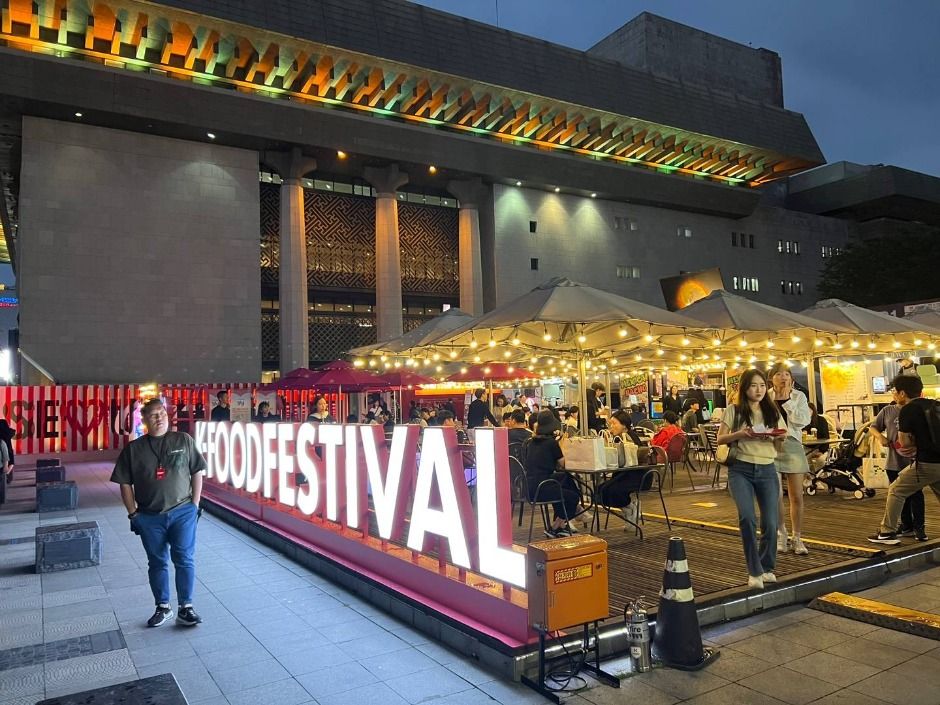
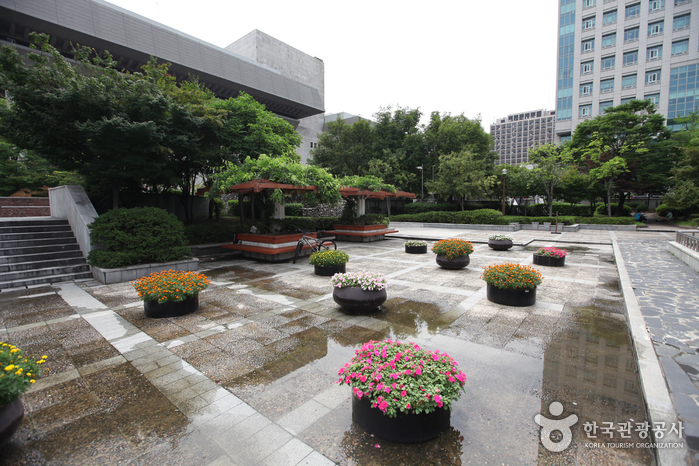
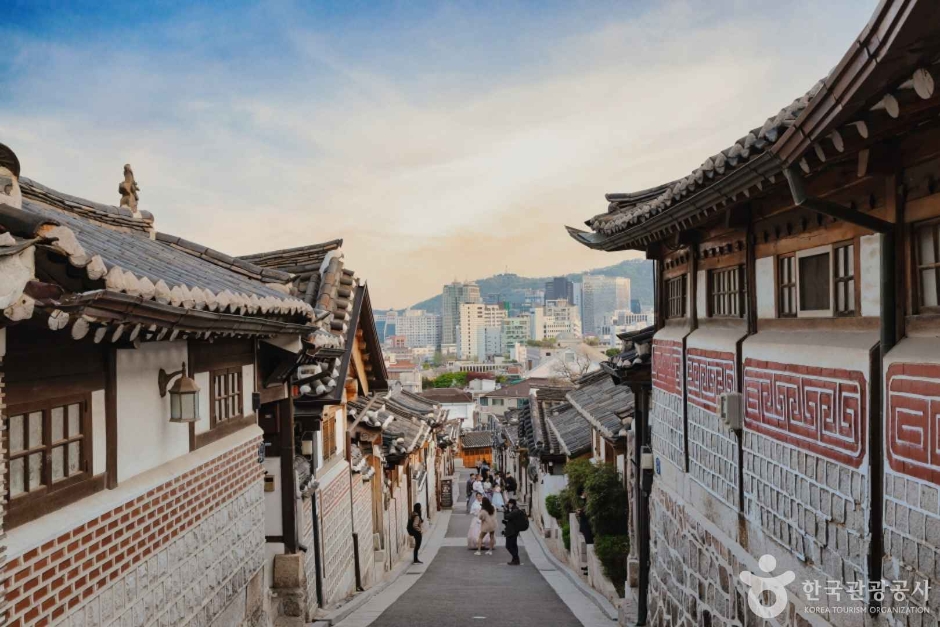
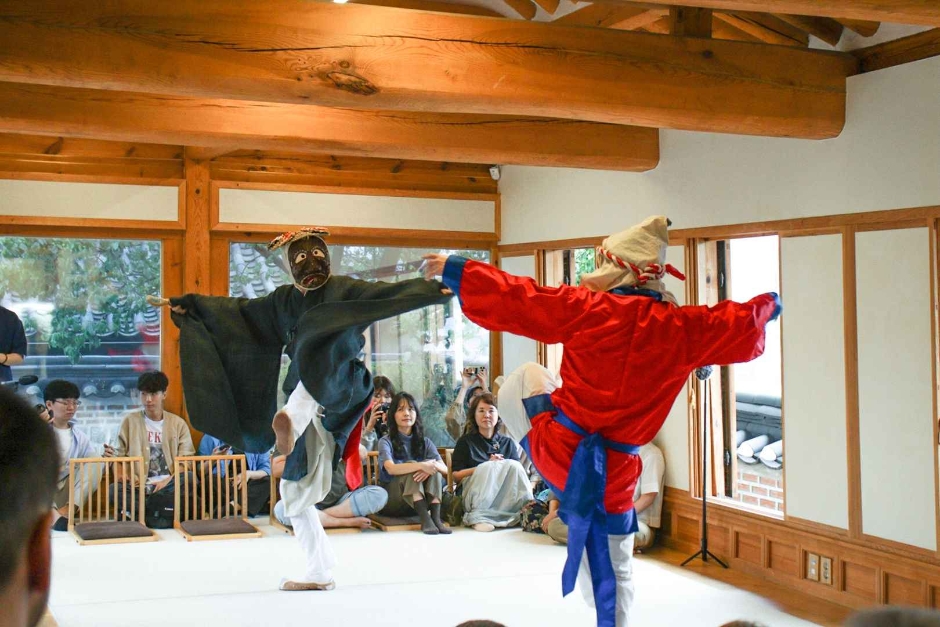
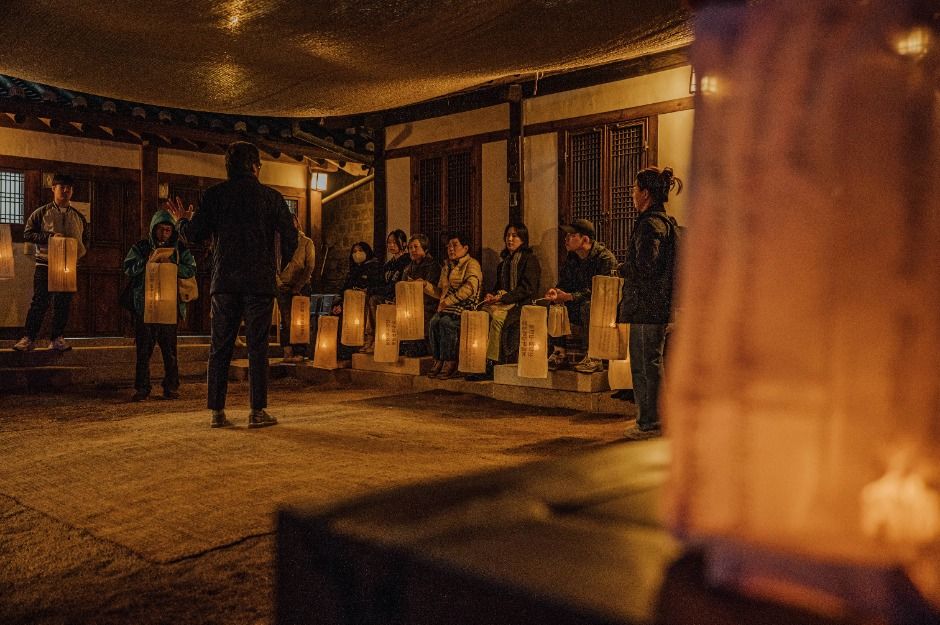
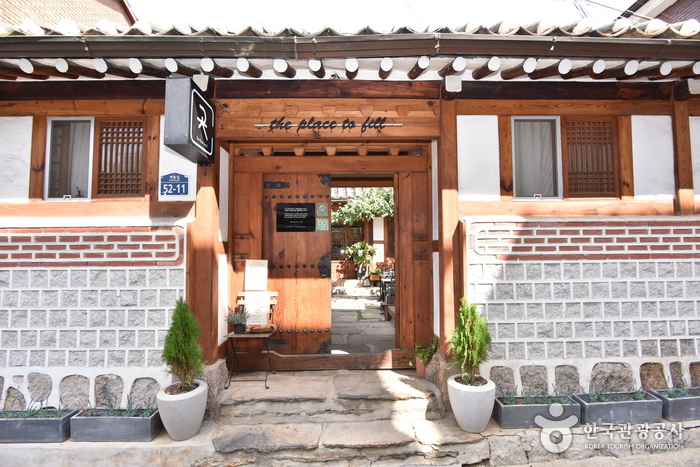
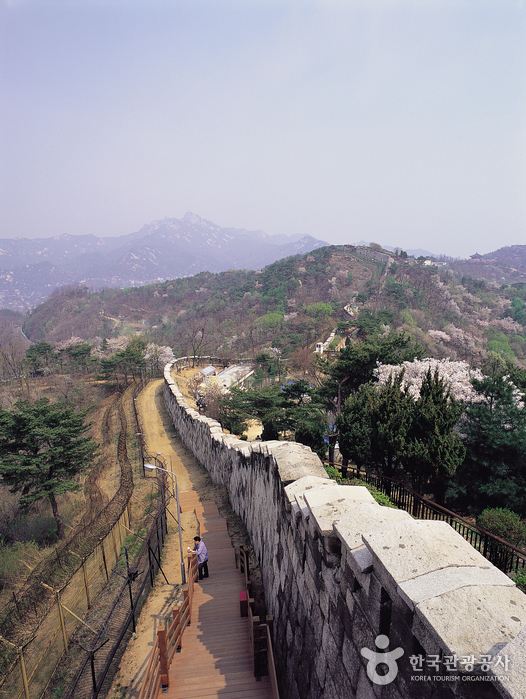
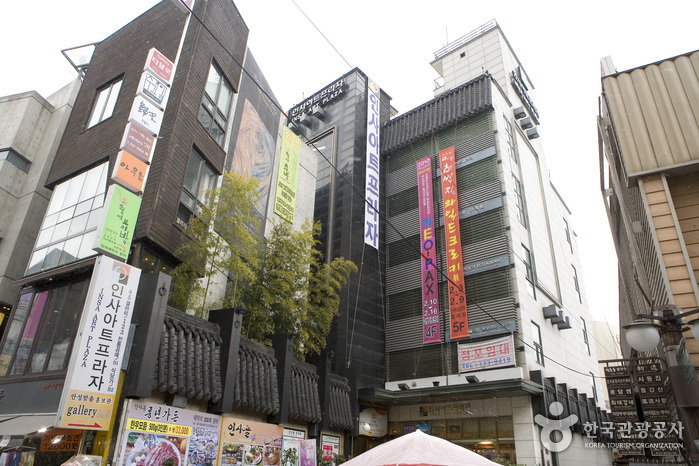
 Español
Español
 한국어
한국어 English
English 日本語
日本語 中文(简体)
中文(简体) Deutsch
Deutsch Français
Français Русский
Русский